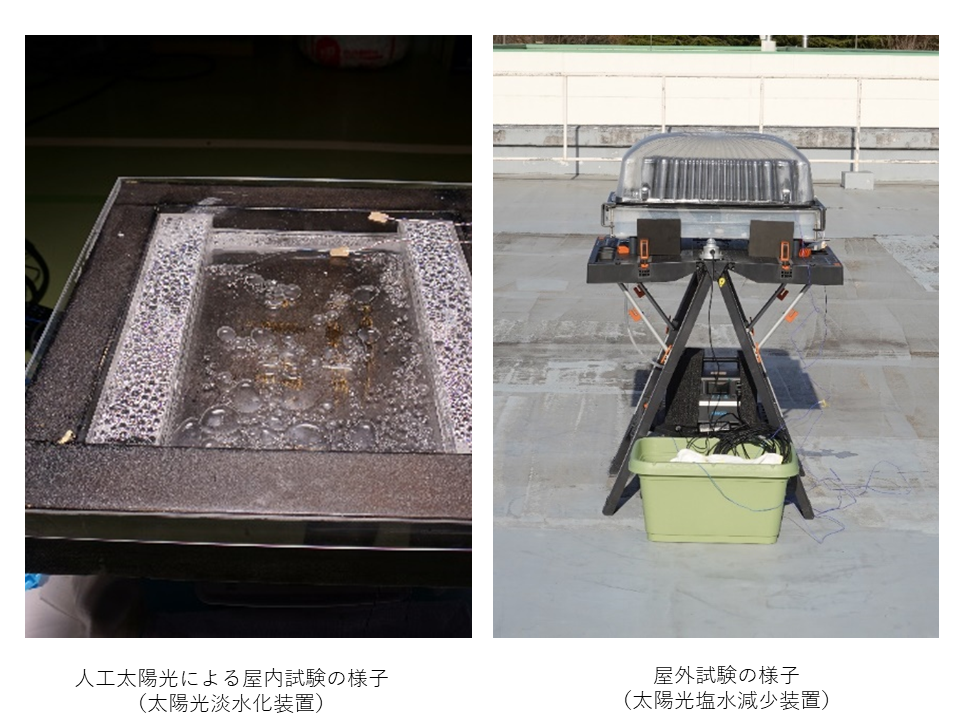Pick Up
741. World Water Day

741. World Water Day
March 22 is World Water Day. World Water Day was established to accelerate change to solve the water and sanitation crisis.
- Every year 1.4 million people die and 74 million lives are shortened by diseases related to lack of water, and sanitation. (WHO2022)
- 2 billion people worldwide do not have access to safe drinking water. (WHO/UNICEF 2021)
- Global water demand (withdrawals) is projected to increase by 55% by 2050. (OECD 2012)
The Synthesis Report of the UN Intergovernmental Panel on Climate Change (IPCC) Sixth Assessment Report (AR6), released on March 20, also points out that water-related challenges will increase with climate change, potentially threatening food nutrition and water security. Water affects everyone, so action is needed by all.
The 2022 UN World Water Development Report, published last year to mark World Water Day, focused on groundwater.
- Groundwater accounts for about 99% of all freshwater on the planet. Groundwater is used as drinking water for many rural communities that lack access to water, and about 25% of groundwater is withdrawn for irrigation.
- Groundwater plays an important role in water and food security. Increased demand for water in all sectors, mainly related to fluctuating rainfall patterns, increases reliance on groundwater.
- In order to maximize the potential of groundwater, strong and concerted efforts are needed to sustainably manage and use groundwater.
In the context of the global groundwater crisis, in some areas where freshwater and groundwater are not readily available, such as island countries and desert regions, seawater, and saline water must be used as freshwater for drinking and other uses. When we precipitate salts from seawater and other water, large amounts of water must be evaporated, which requires large amounts of energy, or otherwise relies on innovation.
With this awareness of the need for innovation as a backdrop, the JIRCAS project on environmental conservation in the Pacific islands, which was implemented about 10 years ago, worked on the development of a device to desalinate seawater using sunlight in the drought-stricken Republic of the Marshall Islands (Design registration: No. 1464111 and 1464112; left photo below). By using sunlight, this device can completely eliminate CO2 emissions and contribute to carbon neutrality.
The same technical concept also has the potential to be used in irrigated agricultural areas in arid regions where desertification is serious. For this purpose, it is necessary to establish a method to remove salts from saltwater irrigation and wastewater by depositing them on carbon fiber geotextile, using only sunlight, by installing water-absorbing heat absorbers between ridges, in irrigation channels, and in waterlogged and salt-accumulated areas in the field. Currently, the researcher in charge of this project is continuing to improve the equipment for salt removal (right photo below), aiming to reduce treatment costs by simplifying the equipment. In the future, this technology is expected to be used to reduce the accumulation of salts in areas such as the northwestern part of India, where desertification is progressing due to soil salinization caused by irrigation, and for water desalination during droughts. We are considering setting up a society as a place to share and exchange information with you and to educate and disseminate this technology.
Reference
Koda, K. (2018) Action research for the development of a solar desalination device - A case study in Majuro atoll, Republic of the Marshall Islands. Journal of Development Studies 29(2):69-76 (In Japanese).
Contributors: KODA Kazuhisa (Rural Development Division) and KONDO Yoshikazu (Former Professor, Integrated Innovation Center for Community, University of the Ryukyus)

